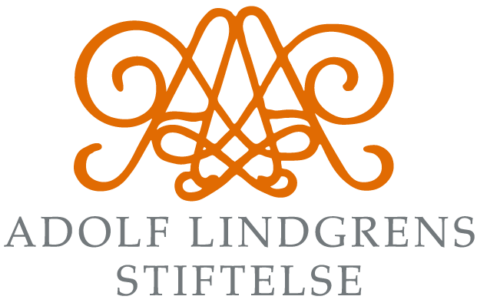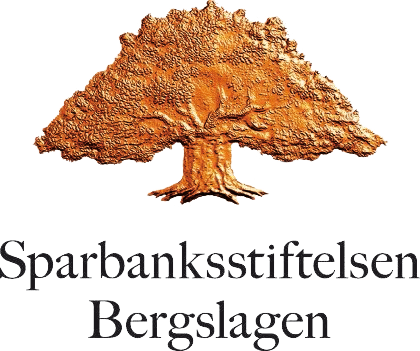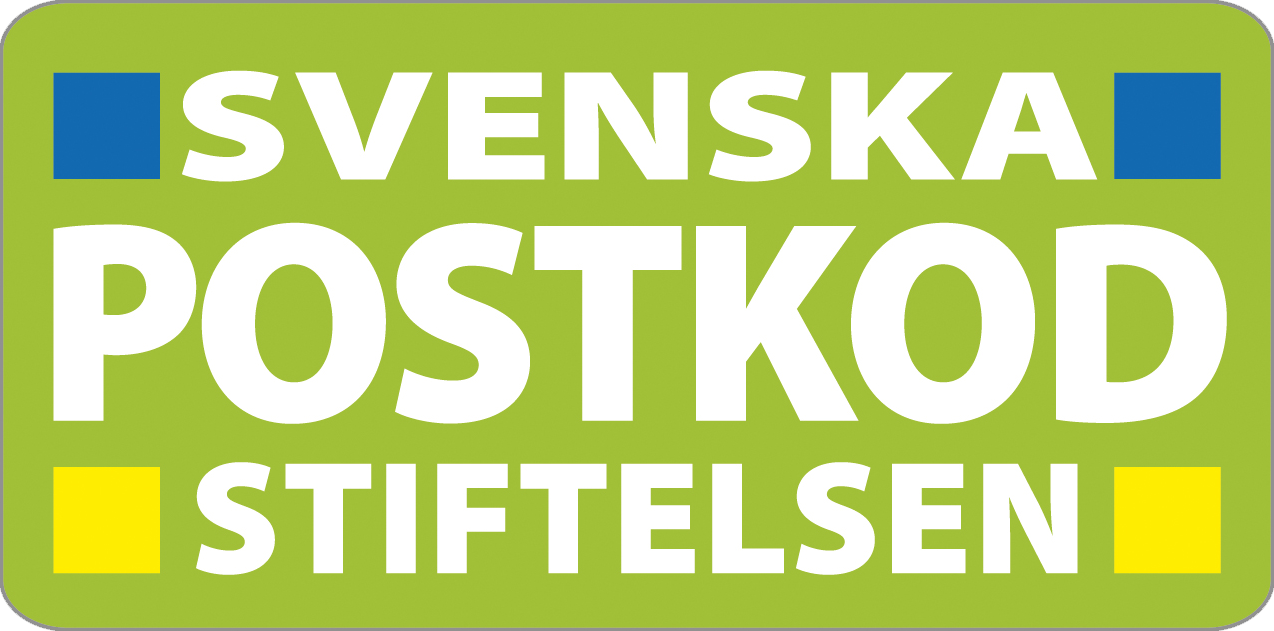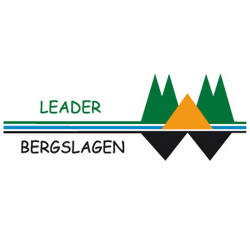Ställbergs
gruva
Ställbergs gruva aims to be a place where the big questions become personal – and the personal becomes part of the big questions. A place for learning, doubt, and the living. Collective and individual. Existential and political. A place where outer space and world markets lean in together with the soil and worms and roots, and the echoes of human voices in an old machine room. Ställbers gruva is run by the business association The non existent Center, and is based in an abandoned iron ore mine in Ställberg, in the municipality of Ljusnarsberg, Örebro county. The grounds consist of nine hectares of land and 4000 square metres of buildings.
Who we are
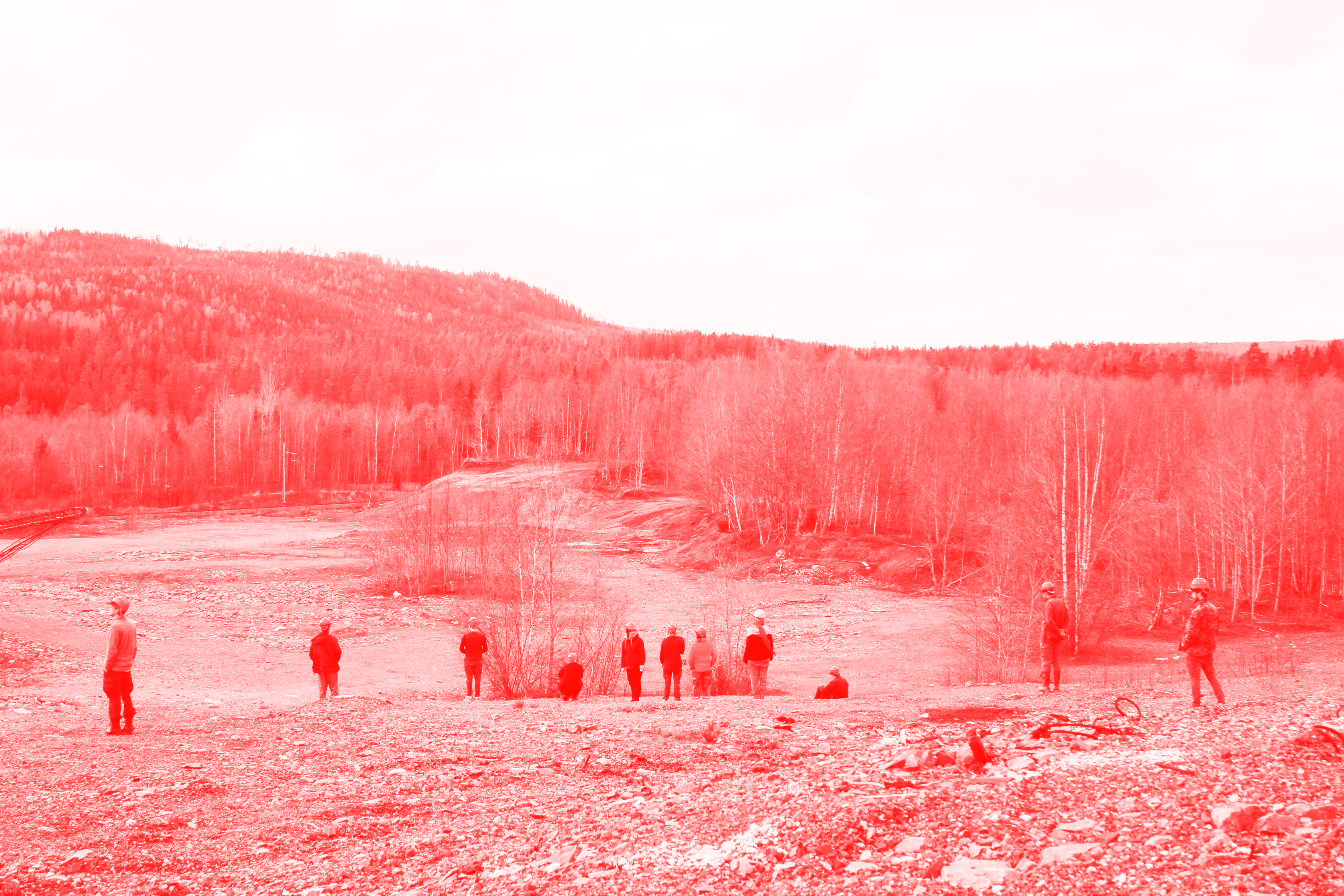

Where we are
The main shaft of Ställbergs gruvor mines reached 1072 metres below the ground at its deepest, was ultimately closed in 1977 after the business man Jan Stenbeck had taken over ownership of the operation. The capital realized from the sale was invested in the telecom companies ZTV and Comviq – today Tele2. The buildings of the mining area – the headframe, crusher, screen house, office buildings, and machine rooms – had been virtually unused for 35 years when TNEC started their activities.
What we do
The association behind Ställbersg gruva runs artistic, cultural, and social activities with a starting point in the mine and its unlimited surroundings. The public program includes hikes, talks/lectures, conserts, oral stories events, exhibitions, common meals, documentary theatre, and festivals.Ställbergs gruva runs an extensive interdisciplinary residency program with international as well as local guests. Within this program artists, writers, researchers and other professionals share working space, practices and thoughts, in dialogue with the place, its surroundings and social conditions.
Ställbergs gruva is engaged with the structural conditions and significance of local artists’ practices and art in a global art world. In collaboration with allied actors nationally and globally, methods, knowledge, and practices are shared to deal with the struggles of our current society.
Parallel to these activities, the group is preoccupied with a radical transition of the grounds and buildings of the mine, where energy efficient solutions for heating and sustainable construction materials are used. The aim is to make possible for a larger group of people to live and work there year-round.
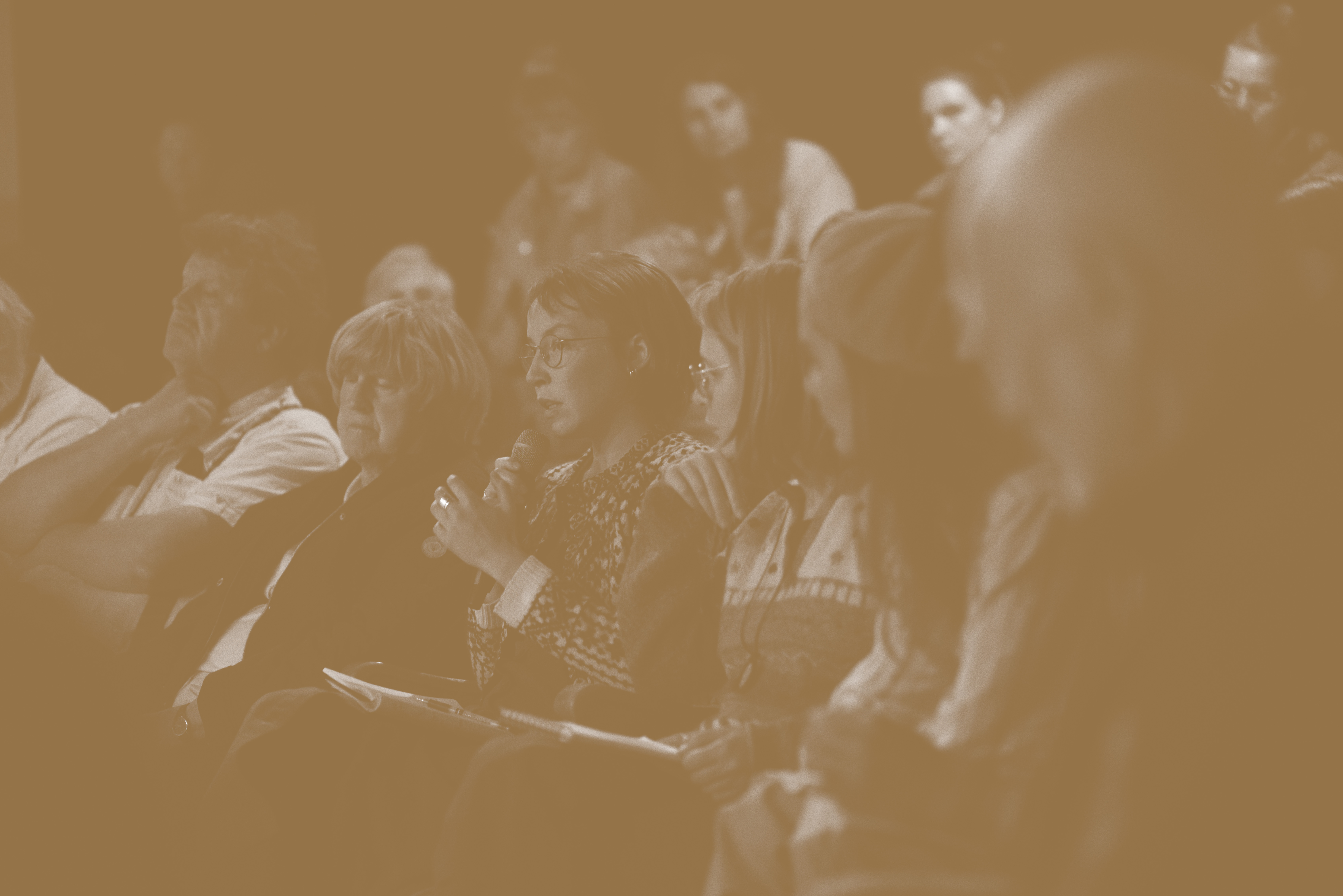
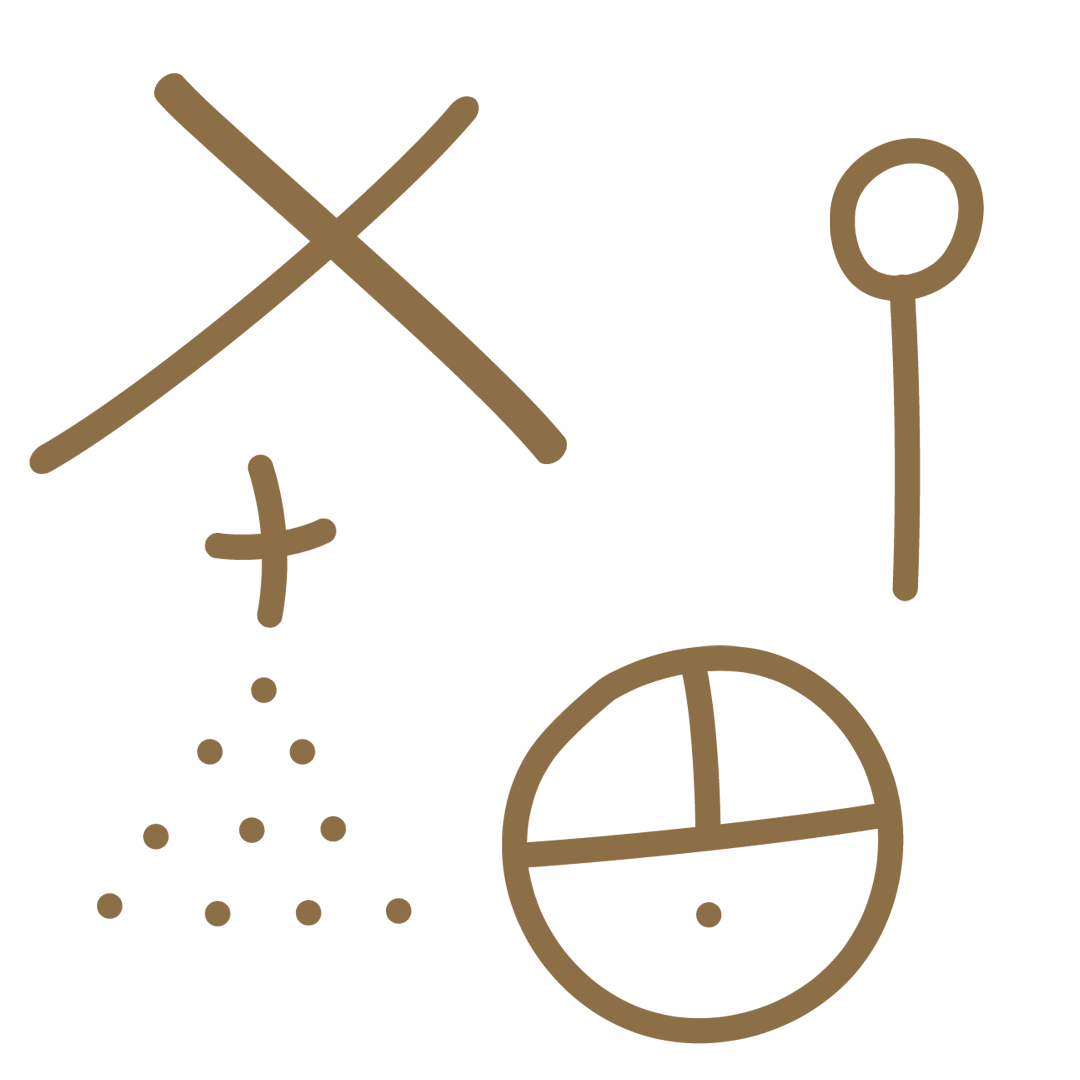
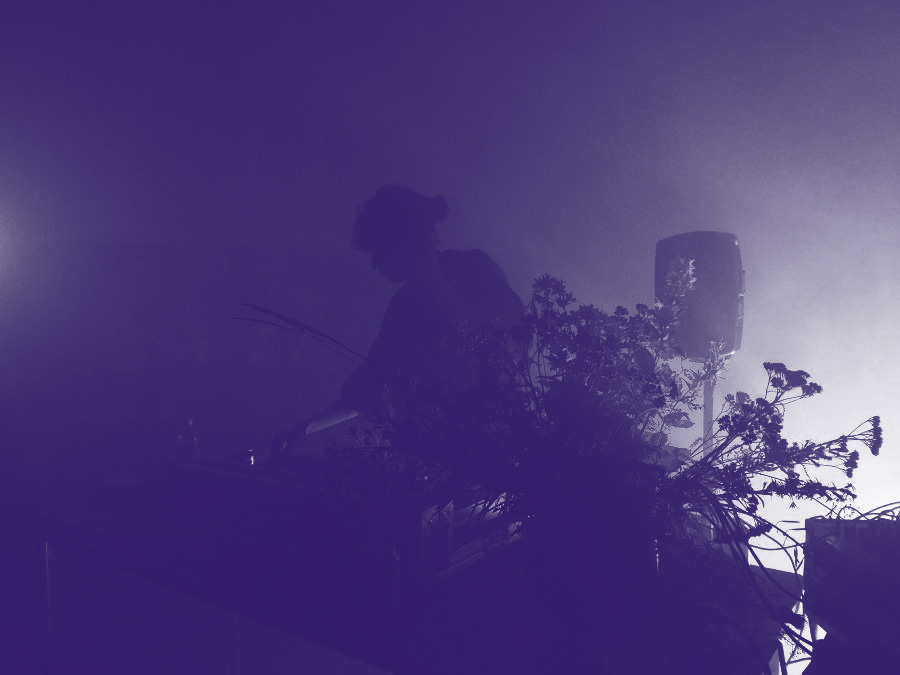
How we do it
The activities at Ställbergs gruva take place in a probing agonism and agreement, and is based in an openness to all living things, history, and our common ground. These activities – whether they are a choir, a publication, or a conversation at the Nittälven shore – can be described as artistic social inquiry. These inquiries take their starting point in a curiosity to understand, and a will to find common ground in a large and unfathomable world, or in feelings of anger, powerlessness and concern.The group often works with common questions and methods, starting in the local surroundings with its economic, social and ecological conditions. Examples of questions are: what kind of knowledge do we need in a world where the climate is changing fast? How can we learn together?
A founding notion at Ställbergs gruva is that people with varying backgrounds, professions and ages are given the opportunity to think, act and inquire together. A probing of known and unknown parts – of the self and of the world.
Organization
Office
Ställbergs gruva is run by the association The non existent Center (TNEC). It consists of thirteen members with different geographical and professional backgrounds. The board of the association consists of five people.
The Ställbergs gruva office has two full-time employees, and during high season, several professionals within, as well as outside, the association are hired to work with cultural productions and long term development on site in Ställberg. Each year, volunteers are engaged to assist with various tasks.
Since 2015, a sister-association of TNEC – Non Existent Resources – constituted of the same members, owns the buildings and grounds at Ställbergs gruva.
The Ställbergs gruva office has two full-time employees, and during high season, several professionals within, as well as outside, the association are hired to work with cultural productions and long term development on site in Ställberg. Each year, volunteers are engaged to assist with various tasks.
Since 2015, a sister-association of TNEC – Non Existent Resources – constituted of the same members, owns the buildings and grounds at Ställbergs gruva.
Eric Sjögren
Executive Manager and Artistic Leader
Anja Bergdahl
Producer and communication
Emelie Heinlo
Kitchen
Carl-Oscar Sjögren
Developer
Executive Manager and Artistic Leader
Anja Bergdahl
Producer and communication
Emelie Heinlo
Kitchen
Carl-Oscar Sjögren
Developer
Karin Linderoth
Producer and designer
Sara Parkman
Producer
Veine Bartos
Site developer
Peter Widell
Technical Coordinator
Producer and designer
Sara Parkman
Producer
Veine Bartos
Site developer
Peter Widell
Technical Coordinator
Get in touch?
email: name@stallbergsgruva.se
(ex eric@stallbergsgruva.se)
For general questions: info@stallbergsgruva.se
email: name@stallbergsgruva.se
(ex eric@stallbergsgruva.se)
For general questions: info@stallbergsgruva.se
Association
TNEC (The non existent Center)
Karin Linderoth
Designer and artist from Göteborg
Designer and artist from Göteborg
Sara Parkman
Musician and composer from Västernorrland
Musician and composer from Västernorrland
Eric Sjögren
Composer, sound designer and artist from Bergslagen
Composer, sound designer and artist from Bergslagen
Alexandra Wingate
Choreographer from Bohuslän
Choreographer from Bohuslän
Peter Widell
Carpenter from Brännö
Carpenter from Brännö
Veine Bartos
Architect from Järna
Architect from Järna
Josefina Björk
Artist from Skövde
Artist from Skövde
Henrik Allesson
Journalist from Blekinge
Journalist from Blekinge
Jonas Gren
Poet and journalist from Gävle
Poet and journalist from Gävle
Carl-Oscar Sjögren
Dorector and artist from Bergslagen
Emelie Heinlo School manager and business developer from Mörkö
Dorector and artist from Bergslagen
Emelie Heinlo School manager and business developer from Mörkö
Kristoffer Liljedahl
Psychologist from Sandviken
Psychologist from Sandviken
Anja Bergdahl
Journalist and editor from Göteborg
Visit
Ställbergs gruva
The place Ställbergs gruva is open, usually from May to October, during public events. Please see aktuellt program for opening hours. Visits to the area at other times are at your own risk and we urge caution.
Please contact us if you have questions on visiting Ställbegs gruva
info@stallbergsgruva.se
or call +46(0)72-722 31 22
Welcome!
Accessibility
The courtyard consists of lawns and paths paved with packed gravel on which it is possible to move around. Surfaces vary in smoothness.
Facilities
Our public premises are on ground level, except for the old office and staff building, where a staircase with 4 steps leads up to the entrance. The stairs are supplemented by a ramp. The ramp is about 6m long and has a height difference of 60cm. The width of the ramp is 90cm and the entrance is 80cm wide. Parking
Public parking spaces are available about 100m from our foyer/entrance. Transportation service or private car can drop off or pick up visitors outside the foyer/entrance. There are two parking spaces directly adjacent to the foyer/entrance. The ground surface between parking spaces and buildings is paved with gravel and can be partly uneven. Restrooms
Mobile restroom fit for wheelchairs is available on ground level during public events, open exhibitions etc. Public events
At public events such as concerts, performances, seminars, etc. there are always audience hosts available. Get in touch before your visit if you need an audience host. Folding chairs can be borrowed in the foyer.Accompanying personal assistant or companion has free admission, as well as staff on duty when visiting from schools, accommodation, leisure groups etc.
Wheelchairs, hearing loops or aids to enhance vision or hearing are not available. Pets are not allowed on the premises. Assistance dogs are welcome.
Collaborations
The place and the practice of Ställbergs gruva is developed in collaboration with cultural practitioners, authorities and independent art groups nationally and internationally. Independent educational organizations (studieförbund) like ABF and Studiefrämjandet, local community groups (byalag) and neighbours are especially important, as well as self-organized art groups, schools and art institutions. Ställbergs gruva has an ongoing collaboration with around 30 individuals and groups from different fields. The aim is to create mutual learning where we can deepen individual and collective processes. Through recurrent residencies, lectures and public events at Ställbergs gruva, continuity in the work is created. In this way, colleagues, participants and audience can follow issues and artistic practices over time. Ställbergs gruva would be happy to include more collaborations to exchange ideas, reflect the place and make artistic co-productions.
Den kollektiva hjärnan (The Collective Brain)
Ställbergs gruva is member of the board of national network Den kollektiva hjärnan, conducting cultural policy work and organizational development for the self-organized and artist-driven field.About the network
Den kollektiva hjärnan strives to strengthen the position of self-organized activities, by sharing and evaluating their existing knowledge and hybrid working methods. By starting from artists' rights and conditions, we spread knowledge to various decision-makers to increase competence and improve the opportunities for long-term (economic and social) sustainability. We also promote internal competence development through exchanges and co-productions, and challenge current ideas about what is central, both geographically and in terms of content. The work is directed towards other cultural institutions, artists and political authorities.
www.denkollektivahjarnan.se
Skogen
Skogen (Gothenburg) is an artist driven platform and art venue in Gothenburg. The direction of Ställbergs gruva shares studio with Skogen during winter season and a long term collaboration has been initiated that provides Skogen with space for artistic practice at Ställbergs gruva. Continually, Skogen and Ställbergs gruva work together to develop method and knowledge production.
www.skogen.pm
Statens konstråd
During 2019–2020, Ställbergs gruva collaborates with the Swedish Arts Council through the project Knowledge hub public art. In this project, Ställbergs gruva produces an artistic work in the municipality of Ljusnarsberg which examines the conditions and management of public art in a small rural municipality. Due to Covid-19 this project has been postponed until conditions are safe again. Ställbergs gruva also participated in the planning of the Contemporary Art Days at Vandalorum in the autumn of 2020, as well as in the working group for the development of contemporary art in the Örebro Region.
www.statenskonstrad.se
Selection of ongoing collaborations
Ljusnarberg municipality, Region Örebro, Para Institutional Models (PIM), Kulturglimtar (local art festival), Konstfrämjandet RIKS & Bergslagen, Ställbergs byalag, Rikkenstorp permaculture farm, HDK-Valand Academy of Art and Design, Not Quite, Rejemyre Art lab, Kyrkbacksskolan, ABF, Stockholm Drone Society, Kjellman’s forest café, STATUS, EMS and ReturKultur.Previous collaborations
Ljusnarsberg art club, SIFAV (Söderorts initiativ för andra visioner), Bergslagsspelen, Opera på Skäret, Riksteatern, ICIA (Institute for Contemporary Ideas and Art), Acéphale, Museum of World Culture Göteborg, Malmö Art Museum, Göteborg City Museum, Side show (Region Jönköping), Koloni, Rättbuss, ICAF - International community art festival, Norrsundet theater organization, Reconstituting Rurality (Rejemyre Art Lab), Mustarinda, Ministry of space, Trans Europe Halles.Supported by

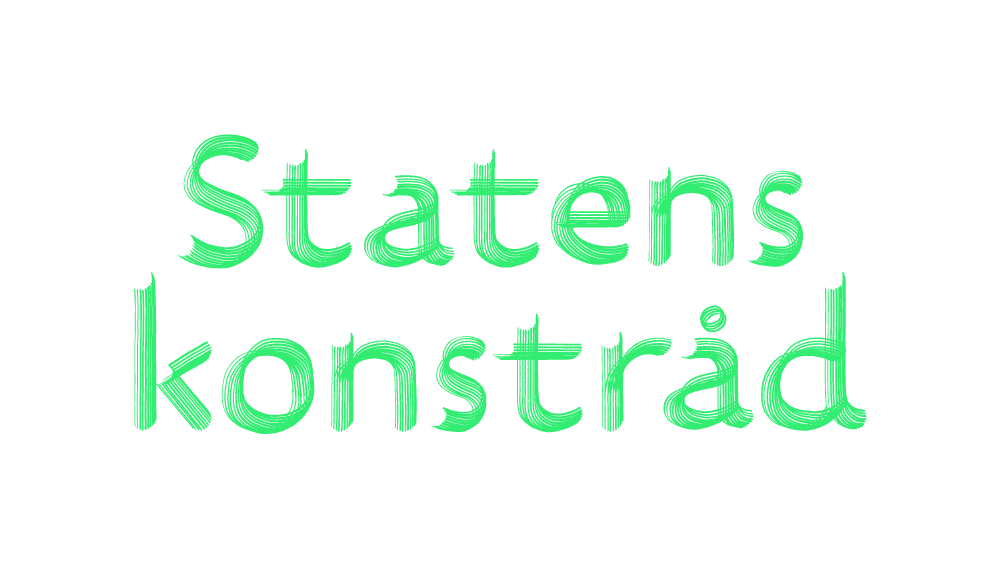



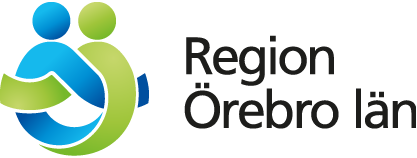


Previous funders
